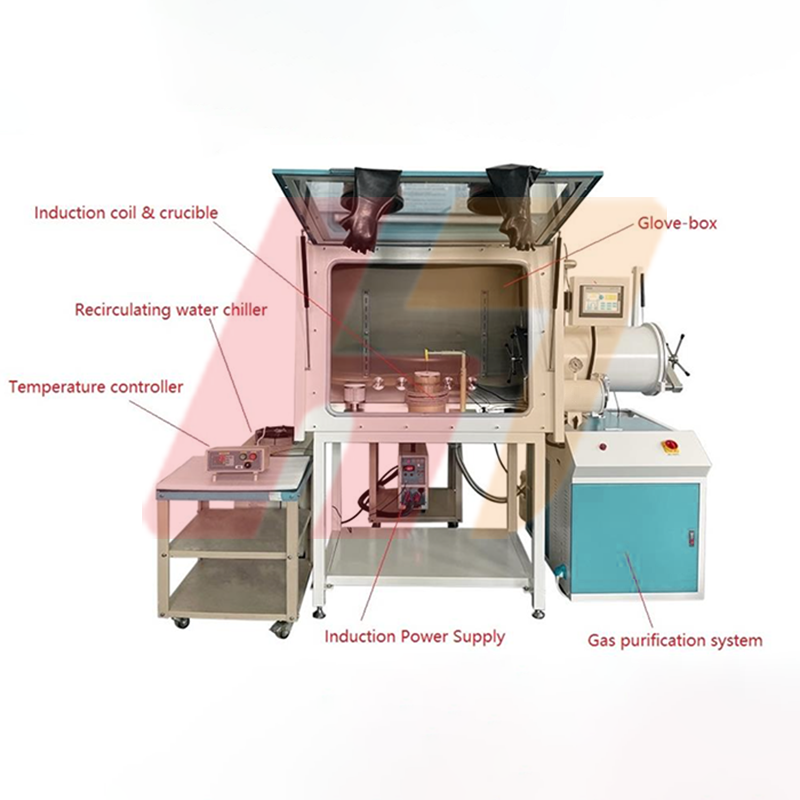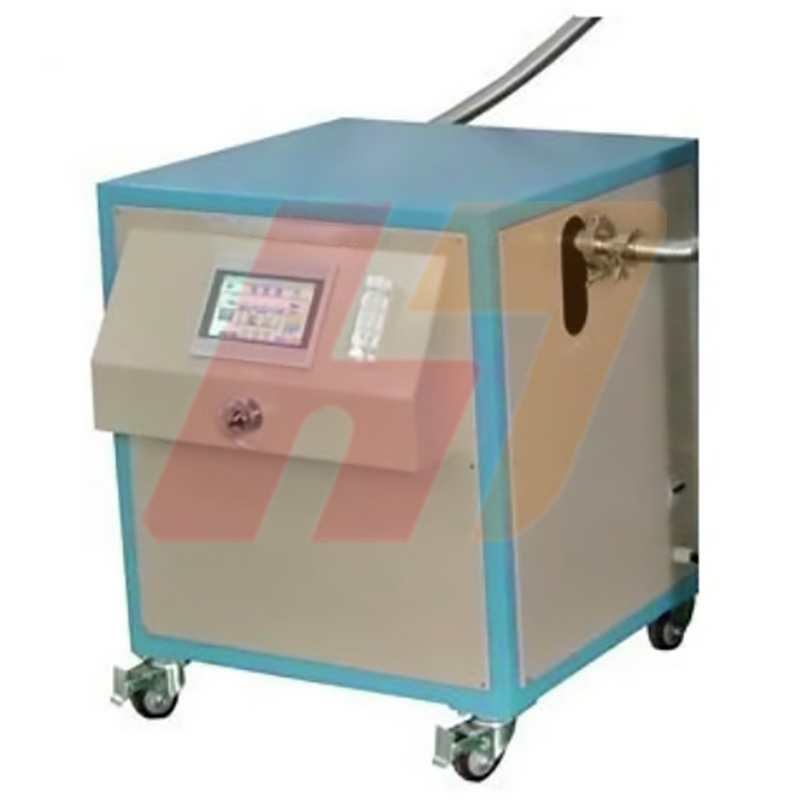-
Telephone:+0086-371-6376-8262Telephone:+0086-371-6376-8385
-
wechat:abcdefg
-
-
Email:ht@ovenfurnace.com

First, the difference between incomplete annealing and complete annealing
(1) Incomplete annealing is also called incomplete crystallization annealing. It is to heat the steel at a certain temperature between Ac1 and Ac3 or Ac1 and Acm, and slowly cool down after heat preservation, so that the steel structure occurs incomplete recrystallization.
(2) Incomplete annealing is to heat the workpiece to semi-austenitizing for annealing, and complete annealing is to heat the workpiece to complete austenitizing for annealing.
(3) Incomplete annealing is generally used for hypereutectoid steel and can also be used for hypoeutectoid steel, while complete annealing is generally used only for hypoeutectoid steel.
(4) Complete annealing generally obtains lamellar pearlite, while incomplete annealing obtains spherical pearlite.
Second, the scope of application of incomplete annealing
Incomplete annealing can be used for hypoeutectoid and hypereutectic steels. It is characterized by spheroidal cementite of pearlite after annealing, which is also called spheroidizing annealing.
Incomplete annealing for hypoeutectoid steels is often due to the following conditions:
(1) Improve the cutting performance, this kind of annealing is mainly used in the forged structural parts, especially the higher carbon content of the structural parts, because the forged pearlite is too fine, high hardness is difficult to cut.
(2) Improve the cold deformation performance of the ball retreat, this type of annealing is used for cold deformation of hypoeutectoid steel.
Third, the difference between isothermal annealing and ordinary annealing
There is a certain difference between the process and cooling method of isothermal annealing and ordinary annealing, ordinary annealing is generally the workpiece after the completion of the heat preservation process with the furnace slow cooling, when the workpiece cold to 500 degrees Celsius below the oven can be air cooled. After the workpiece is heated and kept warm, it is cooled to a certain temperature below Ac1 at a faster cooling rate for a period of time, so that the austenite isothermal decomposition into pearlite, and then at a faster cooling rate (air cooling) to room temperature. Isothermal annealing is short in time and good in quality.
Fourth, the cooling method of isothermal annealing
(1) The cooling rate of the workpiece from the annealing temperature to the isothermal temperature can be arbitrary, and two furnaces are commonly used in production.
(2) The isothermal temperature is generally 10-30 degrees Celsius below Ar1, that is, the pearlite transition temperature.
(3) The cooling after transformation can be arbitrary
Five, the method of ball retreat
(1) Ordinary ball retreat: the steel is heated to a slightly higher and Ac1(generally Ac1+ 20-30 degrees Celsius), and after insulation, it is slowly cooled to below 500 degrees Celsius at 20-50 degrees Celsius /h, and the oven is air-cooled.
(2) isothermal ball retreat: After the heating temperature is the same as that of the ordinary ball retreat, the furnace is cooled to a slightly lower temperature than Ar1 for isothermal, and the oven is air-cooled after the isothermal end.
(3) Periodic ball retreat: it is heated and cooled alternately above and below Ac1, which is equivalent to cold isothermal ball retreat for many times.

New Sapphire Vacuum Crystal Growth Furnace Bolsters Scientific Research and Industry Development

Innovative glove box induction melting system with gas purification function (1ppm) to assist high-purity production

Product: Automatic Recirculating Gas Purification System (O2 < 1 ppm) With Temperature Control System

Innovative technology leads to creating ultra pure environment - Automatic Recirculating Gas Purification System (O2 & H2O < 1 ppm) For Glovebox makes a stunning debut

